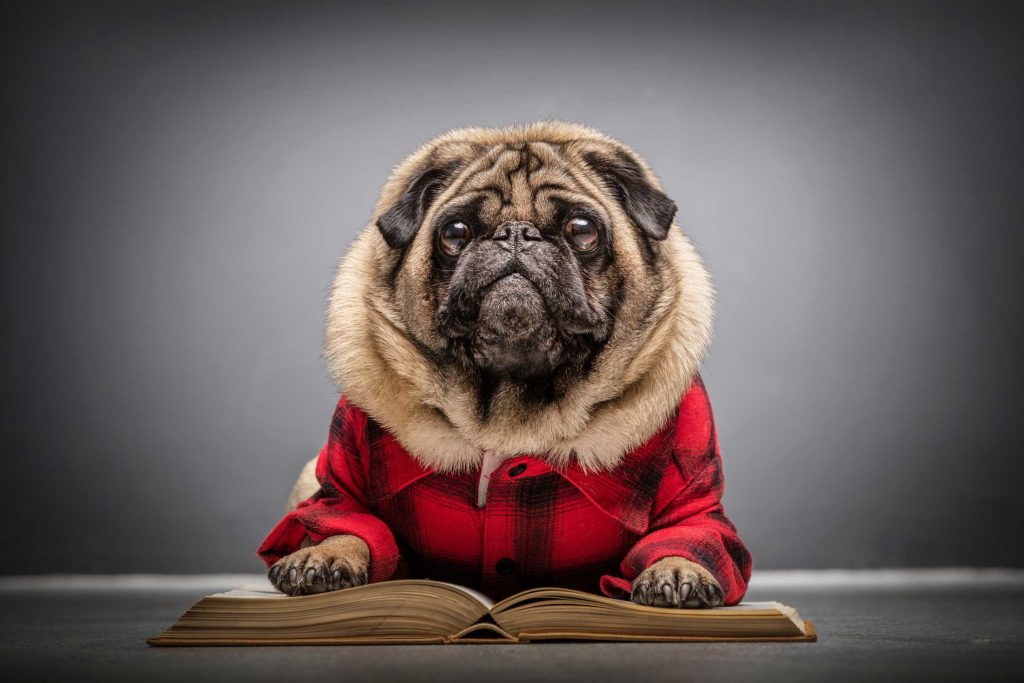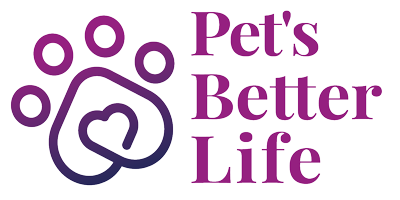
If you happen to have a Pug in your home, you know how adorable they can be. They are always happy and love to play. They’re cute, playful, and make great companions.
Pug owners often find themselves laughing at their silly antics. But if you are planning to have a Pug or already have one, there is a question that might come to your mind, ‘Do Pugs Shed?’
If you want to know about Pugs Shedding, keep reading on.
The answer to this question is yes, Pugs shed. A lot. In fact, they may be the champions of all shedding dogs. If you're not prepared to deal with hair everywhere - on your clothes, furniture, and even in your food - then a Pug may not be the right dog for you.
Many pet owners who have Pugs claim that they do shed a lot but it's not a big deal. The truth is, all dogs Shed, to some extent. Pug hair is shorter and finer than most other dog breeds, so it may seem like they don't shed as much. But if you look closely, you will see tiny hairs everywhere - on your clothes, furniture, carpets - even in your food!
The good news is that Pug hair isn't as sticky or oily as some other dog breeds' hairs could be. So Pug’s hair doesn't tend to cling to surfaces like curtains or upholstery as long. And because it's so fine and short, it's easy to vacuum up or brush away with a dustpan and broom. To cope with the shedding of the Pugs, one needs to be sure to do regular cleanups around the home so the little hairs don't build up over time!
But despite their propensity for leaving trails of hair behind them, Pugs are still one of the most popular and loved breeds around. And it's easy to see why. They're adorable, playful, and loving companions who will make you laugh with their silly antics. Plus, they don't require a lot of exercise so they're perfect for apartment living.
Pugs are one of the most adorable dogs around. They are known for their adorable wrinkles and their playful personalities. Unfortunately, Pugs also tend to shed a lot. Here are some reasons why:
There are several varieties of Pugs when it comes to the color of their coats. While the most common coat color for Pugs is black, they can also be found in fawn, silver, and apricot. There are a lot of discussions about which coated Pugs shed more – the fawn, silver, and apricot or the black variety.
Though it depends on the individual dog. Some fawn-coated Pugs may not shed at all, while some black-coated Pugs may hardly shed at all. While most dogs of all coat colors will shed to some degree, black Pugs tend to shed the least amount of fur. While all Pugs will shed to some degree, those with black coats will lose less hair overall. This is because black fur has more pigment than other colors, which makes the coat stronger and less likely to fall out.
If you're looking for a low-maintenance puppy who doesn't shed too much, then a black-coated Pug may be the right choice for you!
All colored coated Pugs shed, but black Pugs seem to shed less than other breeds. Here are six reasons why:
Pugs are adorable, lovable, and make great pets. But like all dogs, Pugs do shed. So, when do Pugs shed?
Pug shedding can vary depending on the individual dog and its environment. Some Pugs may only shed a little bit throughout the year, while others may shed more heavily seasonally. Generally speaking, though, Pugs will start to lose their hair in early spring and continue to lose it until late fall or early winter. During this time, you may find yourself vacuuming up lots of hairballs!
There are many factors that can trigger a Pug’s shedding. Some of the most common triggers are changes in routine, seasonal allergies, and stress.
There are a few key ways to tell if your Pug is shedding more than usual. One way is to look at the amount of hair on your clothes, furniture, and floors. If you notice an increase in hair, it may be time for a Shedding Check-Up with your veterinarian.
To be sure if your Pug is shedding more than normal check their skin for bald patches or excessive dandruff. Another sign that your Pug is experiencing excessive shedding is if its skin seems dry or irritated. Excessive scratching may also be a sign that your Pug is experiencing excessive shedding.
If you suspect that your Pug may be shedding more than normal, please consult with your veterinarian as soon as possible. There are many reasons why a dog may experience excessive shedding, and some of them can be quite serious. By catching it early on, however, you can work with your vet to get things under control and help keep shedding fur under control too!
Pugs are one of the cutest dog breeds around, but they can be a bit high maintenance when it comes to shedding. Here are some tips on how to manage your Pug’s shedding:
The best way to brush your Pug is to start at the head and work your way down. You may use a slicker brush or a high-quality metal comb to remove mats or tangles, then use a brush with soft bristles to groom the coat.
Make sure to pay proper attention to the areas around your pug’s eyes, ears, and muzzle. Because these are the areas where dirt can accumulate usually.
This will help remove any loose hair and keep it from getting all over your house.
There is no definitive way to bathe a Pug, but there are some methods that can help reduce shedding. One method is to wet the dog down with warm water, then apply a shampoo specifically for dogs with short hair. Lather the dog up and rinse thoroughly. After rinsing, use a conditioner on the dog's coat and let it sit for a minute or two before rinsing again. Finally, use the towel to dry the dog and brush its coat to remove any remaining tangles or mats.
Some people also find that using a rubber curry brush while bathing helps to remove loose hair. Another option is to give your Pug a bath every other week instead of every week; this will help cut down on how often you have to bathe them and should also reduce shedding.
Pugs are generally low-maintenance when it comes to grooming, but regular baths (preferably using the method mentioned above) will help keep their coats looking healthy and minimize excess shedding.
Pugs are adorable, but they can be a bit high-maintenance when it comes to their diet. A healthy diet is a key to reducing shedding and keeping your Pug looking its best.
Some good tips for feeding your Pug include:
There are plenty of good things about owning a Pug. For one thing, they're very friendly and loving animals who make great family pets. And even though they do shed quite a bit, it's not as bad as having dog hair all over your clothes and furniture! So, if you can put up with all that hair (and trust me, it's worth it), then a Pug is definitely the dog for you.

Pet's Better Life is part of Pristine Media, the media division of Pristine Group LLC.
Copyright 2019-2023 Pristine Group LLC. All images and media used in this website are provided by Adobe Stock. Every image is properly licensed for use on this website.